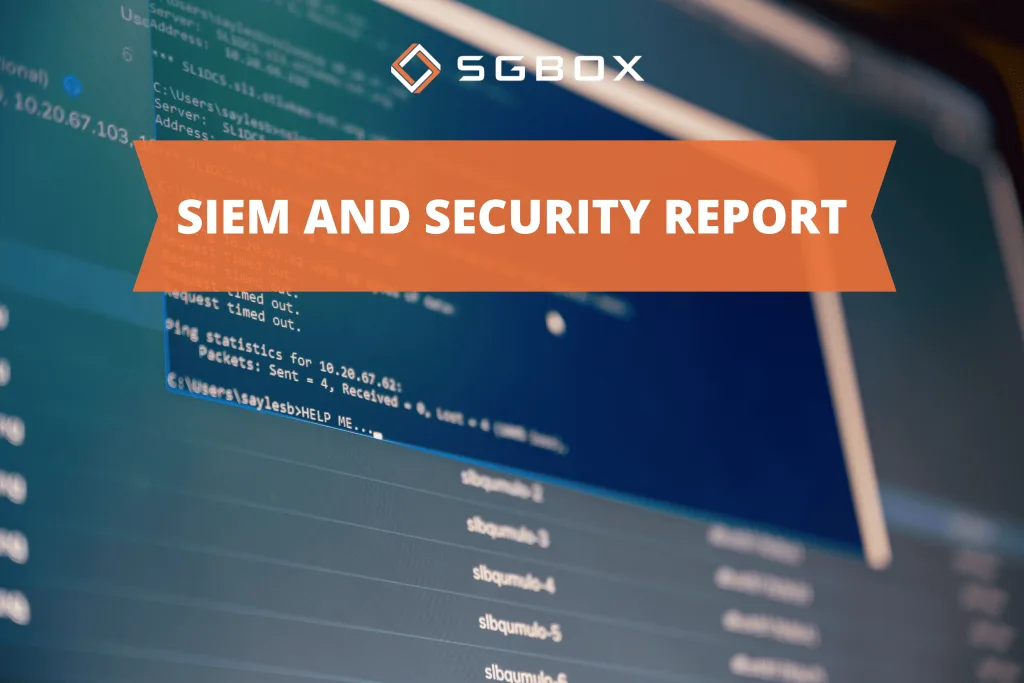The role of SIEM in producing and managing security audits for regulatory compliance

In a context where cybersecurity regulations are becoming increasingly stringent, ensuring compliance is no longer just a legal obligation, it’s a fundamental requirement for maintaining the trust of clients and partners.
Tools such as SIEM (Security Information and Event Management) play a crucial role in this process, enabling organizations to monitor, record, and analyze system activities to demonstrate their adherence to key regulations, including NIS2 and GDPR.
How SIEM enables regulatory compliance
Cybersecurity regulations like the NIS2 Directive, GDPR, and ISO 27001 standards require organizations to adopt appropriate technical and organizational measures to ensure data protection and effective incident management.
However, the real challenge for many companies lies in proving compliance, documenting every monitoring, analysis, and response activity.
This is where SIEM comes into play.
A SIEM system collects and correlates logs from all corporate devices and systems,such as firewalls, servers, endpoints, applications, and IoT devices, providing a comprehensive, real-time view of the organization’s security posture.
Thanks to its automated correlation and behavioral analysis capabilities, SIEM helps identify suspicious events, intrusion attempts, or data breaches.
More importantly, it records every activity in a structured and verifiable manner, ensuring the traceability required to meet audit and compliance obligations.
In practice, SIEM allows organizations to:
- Centralize log collection and maintain logs in an unalterable format, as required by the GDPR.
- Track and document access, changes, and security incidents.
- Demonstrate the ability to promptly detect and respond to threats, as mandated by NIS2.
- Automate the production of compliance reports according to predefined standards.
Security reports and audits
One of the main advantages of a Next-Generation SIEM system is its ability to automatically generate detailed and customizable security reports.
These reports are an essential resource for both internal and external audits, clearly demonstrating compliance with relevant regulations.
A security audit is an in-depth evaluation of an organization’s IT infrastructure and security practices, designed to identify existing vulnerabilities before they can be exploited by cybercriminals.
- SIEM-generated reports may include:
- Statistics on detected security events.
- A timeline of incidents and corresponding responses.
- Vulnerability analyses and attack trend assessments.
- Comparisons between current security levels and regulatory requirements.
By automating reporting, SIEM reduces the workload of SOC teams, minimizes the risk of human error, and ensures the consistency and reliability of data over time.
During a security audit, having up-to-date and verifiable reports makes it easier to demonstrate to regulators that security controls are in place and that monitoring processes are actively maintained.
The importance of conducting periodic security audits
Performing periodic security audits is one of the best practices for maintaining compliance and ensuring an organization’s cyber resilience.
Audits help verify that security controls are effective, up to date, and aligned with current regulations.
Without appropriate tools, collecting and analyzing the data required for an audit can be a lengthy and complex process.
A SIEM system simplifies and accelerates this process by allowing organizations to:
- Automatically analyze system logs and detect abnormal behavior.
- Highlight potential risk or non-compliance areas.
- Demonstrate continuous monitoring and timely corrective actions.
Conducting regular audits with the support of a SIEM transforms compliance from a mere obligation into an opportunity, enhancing not only security but also corporate transparency and governance.
SGBox and regulatory compliance
SGBox is a Next-Generation SIEM & SOAR platform designed to simplify security and compliance management for organizations of all sizes and industries.
Thanks to its modular architecture and advanced log management capabilities, SGBox enables organizations to:
- Collect, normalize, and store security logs in full regulatory compliance.
- Automate the generation of compliance reports for standards such as GDPR, NIS2, ISO 27001, and PCI-DSS.
- Correlate security events and orchestrate incident responses (SOAR functionality).
- Easily integrate new data sources and security modules to accommodate infrastructure growth.
In addition, SGBox offers intuitive, customizable dashboards that give IT Managers, CISOs, and DPOs a clear, real-time overview of security and compliance status, facilitating collaboration between technical teams and corporate management.

